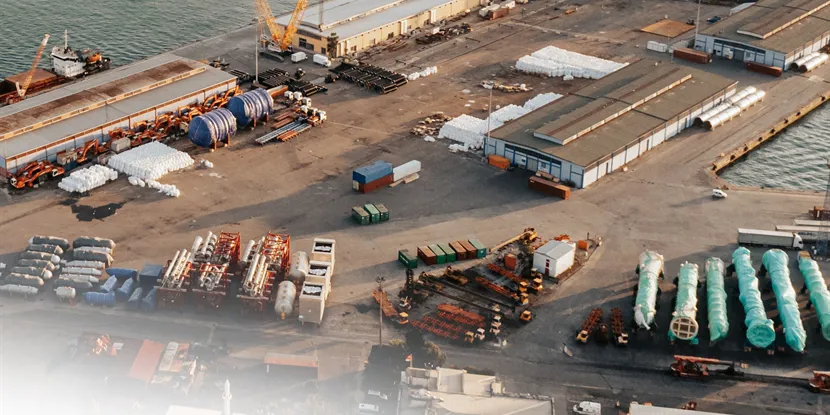What is an industrial building?

What is an Industrial Building? A Comprehensive Exploration
Industrial buildings are integral to modern industry and commerce, serving as venues for manufacturing, warehousing, distribution, and other related activities. This article delves into the diverse aspects of industrial buildings, offering insights into their types, features, valuation, and suitability for various business activities.
Defining Industrial Buildings: Characteristics and Types
An industrial building is a commercial property designed to facilitate industrial activities, such as manufacturing, storage, and production. Key characteristics often include:
- Spatial Design: Large open spaces and high ceilings to accommodate machinery.
- Accessibility: Provisions for large vehicles like trucks and loading docks.
- Infrastructure: Specialized utilities, such as high-power electricity and ventilation systems.
Types of Industrial Buildings
- Manufacturing Buildings: Used for the production of goods.
- Warehouse Buildings: Designed for storage and distribution.
- Data Centers: Specialized facilities for hosting servers and computing resources.
- Research and Development Facilities: Combining laboratory and manufacturing spaces.
Example: Modern Manufacturing Facility
A contemporary manufacturing facility, such as a car assembly plant, may include automation systems, specialized workstations, and areas dedicated to quality control and testing.
What Type of Business Activities is Suitable in Industrial Buildings?
Industrial buildings accommodate a wide spectrum of activities, each necessitating unique features and specifications:
- Manufacturing: Requires robust flooring, heavy machinery compatibility, and sound insulation.
- Distribution: Emphasizes efficient loading and unloading facilities and proximity to transport networks.
- Research and Development: May need laboratory spaces, stringent environmental controls, and flexibility to adapt to technological advancements.
How are Industrial Properties Valued?
Valuing industrial properties involves consideration of numerous factors:
- Location: Proximity to transportation hubs, labor markets, and suppliers can significantly impact value.
- Condition and Age: The state of repair and technological relevance are key determinants.
- Current Market Trends: Demand and supply dynamics within the specific industrial sector.
- Regulatory Compliance: Adherence to zoning laws, environmental regulations, and safety standards.
- Income Potential: Rental income or the revenue generated from business operations conducted on the premises.
Case Study: Valuing a Warehouse Facility
A large-scale warehousing facility located near major highways and equipped with state-of-the-art automation may fetch a premium price, reflecting its strategic location and operational efficiency.
Challenges and Opportunities in Industrial Real Estate
- Environmental Considerations: Sustainable design, energy efficiency, and environmental compliance are increasingly critical.
- Technological Advances: The rise of e-commerce, automation, and Industry 4.0 reshapes the industrial landscape, offering new possibilities but also demanding new skillsets and investments.
- Market Dynamics: Fluctuations in the global economy, trade policies, and consumer behavior influence the attractiveness of industrial properties.
Conclusion: Understanding the Multifaceted World of Industrial Buildings
Industrial buildings are complex entities, with their functions and values shaped by myriad factors including location, design, market trends, and the specific industrial activities they support.
Whether you're an investor looking to diversify a real estate portfolio, a business owner seeking to expand operations, or a real estate professional advising clients, a nuanced understanding of industrial buildings is indispensable. This knowledge empowers decision-makers to recognize opportunities and navigate challenges in the dynamic industrial real estate landscape.
The examples and insights provided here paint a vivid picture of what constitutes an industrial building, its various types, how it is valued, and the plethora of business activities it can host. With this comprehensive guide, real estate enthusiasts and professionals alike are better equipped to delve into the exciting and multifaceted world of industrial buildings.
- → What is an Industrial Building? A Comprehensive Exploration
- → Defining Industrial Buildings: Characteristics and Types
- → What Type of Business Activities is Suitable in Industrial Buildings?
- → How are Industrial Properties Valued?
- → Challenges and Opportunities in Industrial Real Estate
- → Conclusion: Understanding the Multifaceted World of Industrial Buildings






